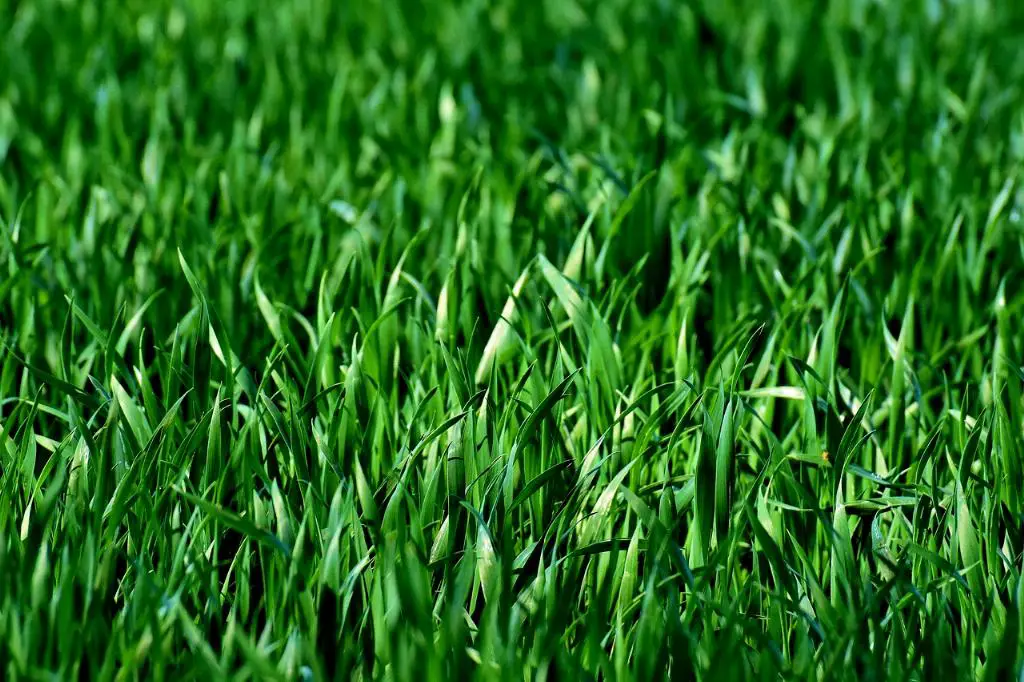After you’ve gone through the process of scalping your lawn, it’s crucial to take the appropriate steps to ensure that your grass can recover and thrive in the coming weeks. One of the first things you should do is to apply a high-quality balanced fertilizer to provide your lawn with essential nutrients that will support healthy growth.
When choosing a fertilizer for your lawn, opt for one that is specifically formulated for post-scalping care, such as the popular Lawn Solutions Premium Lawn Fertilizer. This type of fertilizer is designed to give your grass the boost it needs to bounce back quickly and develop a lush, green appearance.
Following the application of fertilizer, it’s essential to water your lawn thoroughly for the next 2-3 weeks. Adequate hydration is crucial for the recovery process, as it helps the grass roots absorb the nutrients from the fertilizer and promotes healthy regrowth.
It’s worth noting that the timing of lawn scalping can impact the recovery process significantly. Performing this task in the spring, when the grass is actively growing, can help your lawn recover more quickly compared to other times of the year. Spring provides the ideal conditions for the grass to regenerate and fill in any bare patches left after scalping.
Additionally, after scalping your lawn, it’s a good idea to assess the overall health of your grass and address any underlying issues that may have contributed to the need for scalping. Look out for signs of pests, diseases, or nutrient deficiencies, and take the necessary steps to rectify these issues to prevent future problems.
As your lawn begins to recover from scalping, pay close attention to its growth patterns and adjust your lawn care routine accordingly. Regular mowing, proper watering practices, and consistent fertilization can help maintain the health and vibrancy of your grass over the long term.
While it’s tempting to rush the recovery process, it’s essential to allow your lawn the time it needs to bounce back naturally. Avoid over-fertilizing or overwatering, as this can do more harm than good and hinder the regrowth of your grass.
Monitor your lawn closely in the weeks following scalping, keeping an eye out for new growth and any signs of stress or damage. By being proactive and attentive to the needs of your grass, you can help it recover fully and achieve a thick, lush lawn that you can enjoy throughout the season.
Remember that each lawn is unique, and the recovery process may vary depending on factors such as grass type, soil quality, and environmental conditions. Tailor your approach to lawn care based on the specific needs of your grass to achieve the best results.
Overall, taking care of your lawn after scalping requires a combination of proper fertilization, watering, and ongoing maintenance. By following these steps and being patient with the recovery process, you can help your grass regain its health and vitality, ensuring a beautiful and thriving lawn for the months to come.

